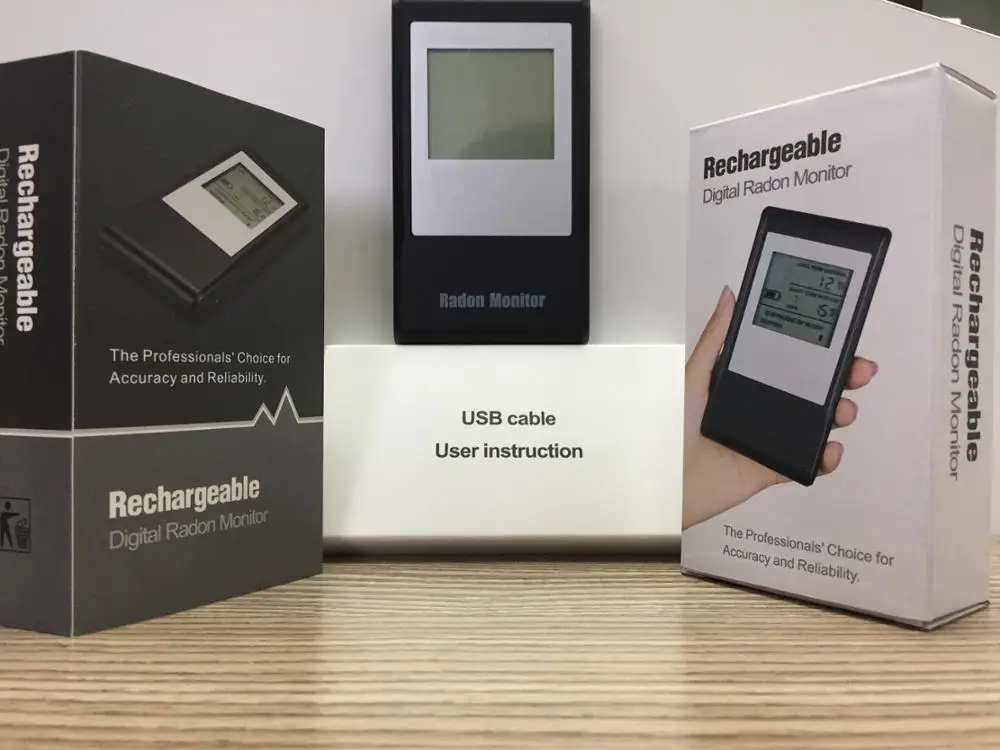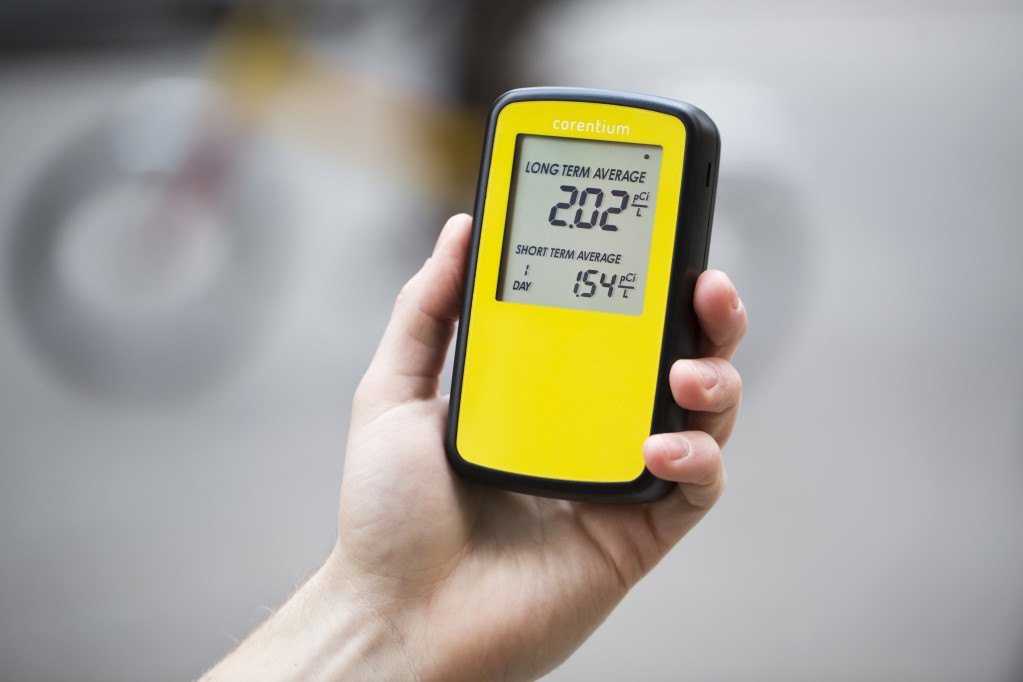

Pipe Adapter Installation: When attaching the pipe adapter for the alarm, first make sure the pipe is clean, dry and free of any debris. Satisfies the current ANSI/AARST Radon Mitigation Standardsĭirect Pipe Mount Information (Horizontal and Vertical Pipe).
#Radon system monitor install#
Easy to Install with New Pre-formed Elbow.NOTE: Wall mount requires 1/8” ID flexible tubing ( flexible tubing P/N 68162 sold separately in following lengths: 10', 25', 50', 100') (*visual alert only during first 48hrs, 7 days or 30 days depending on selected delay) Battery Operated Battery included (life of 2-3 yrs).For use on 2", 3", 4", 6" Pipe or Flat Surface.RadonAway RSA1 Radon System Alarm Features Videos: RSA1 Radon System Alarm Installation Video | RSA1 Radon System Alarm Activation and Audible Delay Selection RSA1 Radon System Alarm Waterproofing and Crawlspace Encapsulation.Electrical Cords, Switches & Connectors.The inspector shall describe the radon mitigation system as one of the following types: Over $75,000 Worth of Additional Benefits. The radon system is an active sub-slab depressurization system.

The inspector should inspect drainpipes that extend to daylight for missing devices, such as one-way flow valves, or water traps that prevent outdoor air from entering the sub-slab area. Hollow-Block Wall Depressurization Systems The inspector should inspect the vapor retarder used for sub-membrane depressurization systems (passive or active) for seams that are lapped less than 12 inches, and edges that are not sealed to the walls, posts, or other penetrations. The inspector should inspect hollow-block walls for cracks, openings, and open top-courses. The inspector should inspect the crawlspace for the presence of asbestos-like material and combustible fuel-served appliances located within the crawlspace or in spaces adjacent to the crawlspace. a missing one-way flow valve, water trap, or other control device installed in or on the discharge line to prevent outside air from entering the system while allowing water to flow out of the system when a radon mitigation system is designed to draw soil gas from a perimeter drain tile loop that discharges water through a drain line to daylight or to a soak-away.radon vent pipes not installed in a configuration that ensures that any rain water or condensation within the pipes drains downward into the ground beneath the slab or soil-gas retarder membrane and.radon vent pipes not designed with removable or flexible couplings to facilitate removal of the sump pit cover for sump pump maintenance.radon vent pipes blocking access to any areas requiring maintenance or inspection.reducers that are installed in the direction of air flow.pipe and fitting connections of different materials.piping subjected to weather or physical damage that is not Schedule 40.piping that is less than 4 inches in diameter.piping that is not PVC, ABS, or downspout (outside).attic and external runs subject to sub-freezing that are not protected to prevent the risk of vent pipe freeze-up.joints and connections that are not airtight.joints and connections that are not permanently sealed with adhesives.submersible pumps not used in systems that use sump pits as the suction point for active soil depressurization if sump pumps are needed.penetrations of pipes or ducts that penetrate a firewall or other fire resistance-rated wall or floor not protected in accordance with applicable building, mechanical, fire, or electrical codes.The inspector should inspect the area around the HRV system for the presence of asbestos-like material. There are pipe connections that are not permanently sealed with adhesives. The external run is subject to sub-freezing and it is not protected to prevent the risk of vent pipe freeze-up. The piping is less than 4 inches in diameter. There is a missing one-way flow valve, water trap, or other control device installed in or on the discharge line to prevent outside air from entering the system.


 0 kommentar(er)
0 kommentar(er)
